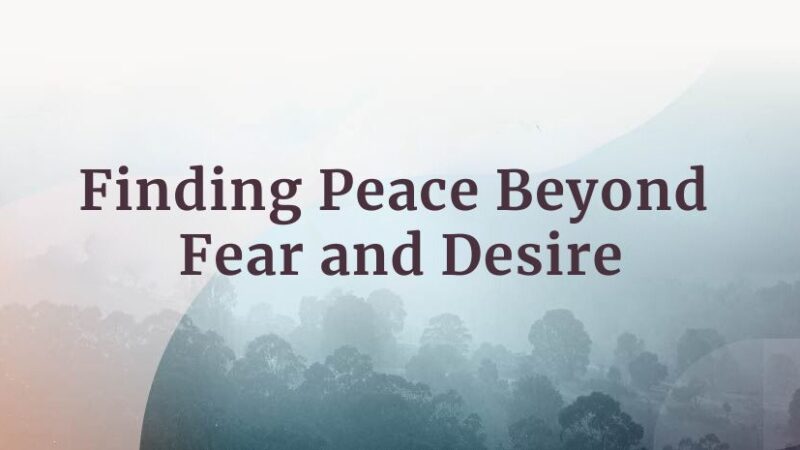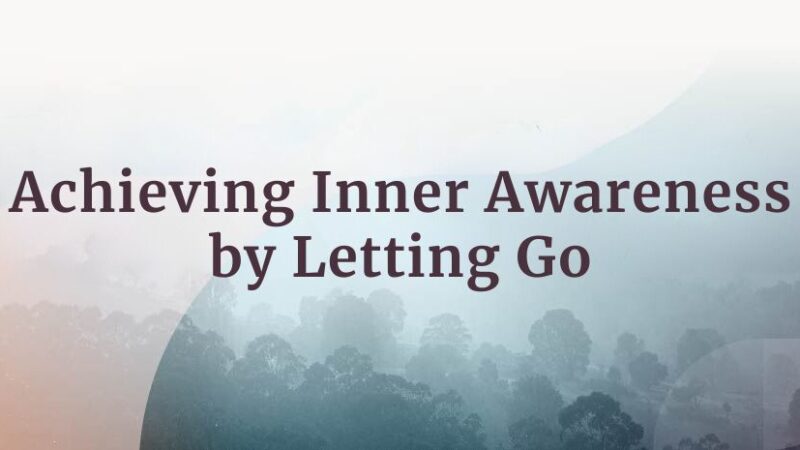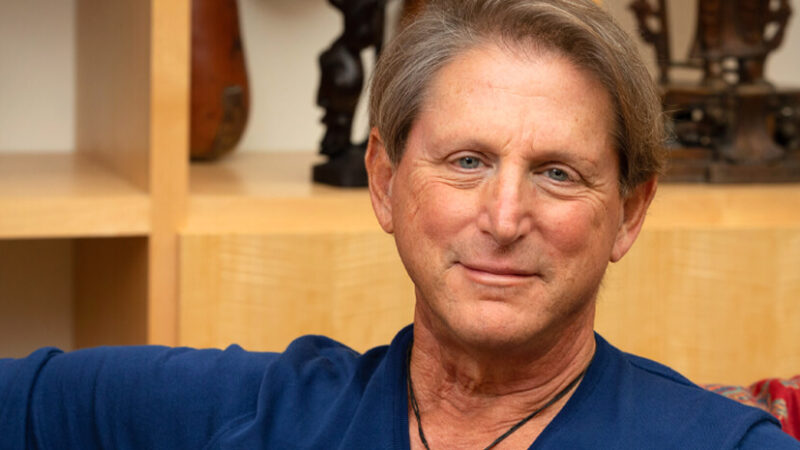
“I think [the 12-chakra system] is a good compilation to get us going so that we can be the entirety of the human that we are—the human divine being that we are.”
—Cyndi Dale
As seekers, instead of following set rules, we may set out to discover routes that feel uniquely true and right for us.
Cyndi Dale, a luminary writer on the subtle body and its connection to the physical world, works with a unique 12-chakra system in her healing practice.
Cyndi’s 12-chakra vision helps her pinpoint feelings and where wounds are emanating from the invisible, spiritual self.

from Enlightened Energetics
WHAT IS THE SUBTLE BODY?
Each of us have both a physical body and a subtle body. The physical is what we think of normally: our shape, our volume, and that which we can touch. The subtle body arises from a different place: the intuition.
The subtle body seems to be some sort of underground pathway for our physical one. It is invisible not because it doesn’t exist, but because it’s sub-observable to the five senses we normally use. I might even argue that she sees the intuition as the 6th sense, and that the creative nature of our spirits gives us the ability to wield this power for healing.
Just like quantum physicists are starting to say, our world (or, at least, some dimension of our world) is not physical at all, but actually consists of “immaterial energy waves.” These waves somehow come together and entangle to create the material world.
As I listened to Cyndi’s interview with Tami, I was struck by the idea that healers like her use the subtle body every day. In the interview, she really helps you comprehend how that’s possible by guiding you through an exercise that’s less about understanding and way more about feeling. (It made me whisper, “whoa!” out loud.)
Here’s an exercise from that part of the interview if you want to try it:
Rub your hands together until you create some friction, and then put your hands palms facing each other about three or four inches apart. You’ll feel that there’s still an energy in between those hands—because there’s chakras in the hands and because there’s fields of energy emanating from the hands.
If you start patting your hands, not touching them, but kind of patting that energy ball. Again, you can bring your consciousness into your hands and pour more energy into that ball that’s being created. All of a sudden, you’re going to feel like your hands are moving farther away from each other. If you turn the spigot down, your hands—in order to feel that friction or the energy between them—are going to move closer together. Then a really fun thing to do is imagine or turn that energy red—it’s not clear anymore; it’s red—and get a sense of how that red energy field can have a certain reaction to red, especially in comparison to blue . . . as we’re now going to turn that energy blue. It’s really different, isn’t it?
About energy workers and healers she says: “They’re consciously kind of deciding what type of energy might be useful, what might be helpful for them, for somebody else, and they’re sending that.”
THE 12-CHAKRA SYSTEM
According to Cyndi, the western tradition of the 7-chakra system is based on a book by Sir Arthur Avalon.
Chakras are eddies of light and sound. They interact, dance, rotate and orbit us like our very own planets.
 from MindBodyGreen
from MindBodyGreen
THE 12 CHAKRAS
1. Root
The root chakra is about spirituality, purpose and connection, as well as our relationship to Mother Nature and the Earth. It is associated with the underlying structures (both intuitive and ordered) of our minds. It is associated with pheremones and our sense of smell
2. Sacral
This is a chakra of motion and flow, representing the water element in the body. It bears a relationship to reproduction and fertility, joy and desire, and the kind of rest that encourages immune system recovery. It is associated with our sense of taste.
3. Solar Plexus
The solar plexus is a fiery center for our unique powers and gifts. When it’s in balance, we can feel like our lives are autonomous and in harmony with our value system. It helps define the energy that guides our motivations, disposition and mood, and it expands our idea of what’s possible when we are inspired by it.
4. Heart
The heart chakra is related to our personal and romantic relationships. When it is in balance, we might be immersed in feelings of joy and real freedom. It is strengthened through trust, non-manipulative communication, and authentic respect for ourselves and others. It is also strengthened by the exploration and implementation of personal boundaries. With the heart, we send and receive our gifts.
5. Throat
Here is our center for speaking and listening. The throat enables expression and facilitates spiritual dawnings of both rational and emotional understanding. Balancing the throat chakra can help prevent burnout. If you have writer’s block, it can be helpful to check with this chakra.
6. Third Eye
The third eye is associated with the pineal gland and rules telepathic ability. A vortex of sublimation, it is empowered by critical thinking, especially when we seek to release fear and guilt. Through the third eye, we can become more lucid, deepening our understanding that duality is an illusion. Opening it helps us to understand symbols and receive messages in both dreams and waking life.
7. Crown
The crown chakra is related to your nervous system and brain. Tap into its power by becoming present in the body through meditation, visualization and relaxation. It can look like a circle of light around your head, and is an expansion into space where you connect with the rest of the universe. It is related to transcendence & wisdom.
8. Soul/Shaman
Located a few inches above the head, this chakra encompasses past lives and your memories of other dimensions. From Cyndi’s description, it is a beautiful, mysterious chakra that connects our physical body to our soul’s experience in its totality. It empowers our ability to transcend spacetime and engage with “the sphere of potentialities in the making.” When it’s in harmony, it becomes easier to communicate with beings in other realms, like your spirit guides.
9. Luminary
This chakra is about an arm’s length above the top of your head. Lift your hand all the way up to connect with where it is. Cyndi sees this chakra as gold, related to our connection to the divine. It is the space of the greater spirit, the “seat of the soul,” which can act as a doorway into your divine self and your archetypal patternings.
10. Earth
This chakra blooms from beneath your feet. It is how your body connects to the earth, a cord that goes through the legs and feet into the ground. It is associated with nature and the cosmos in their simple essence, and the memories that arise from it can be related to ancestral lessons and inherited traumas. Substantial healing can arise from relationship with this chakra.
11. Supernatural
This chakra is “actually around the body. It’s like this lovely rose film, like way out in our energy field, but it’s collected around the hands and the feet.” Through this chakra, you can discover your inherent connection with both natural and supernatural forces. In this part of the interview, Cyndi mentions that chakras are located in multiple dimensions, existing in different places at the same time. She observes this chakra, which is responsible for our ability to move energy, as energy balls around the hands and feet.
12. Auric
This chakra surrounds the auric field of the body like a halo. Cyndi says, “I think of [it] as the outer bounds of our own unique essence or our own spirit.” She emphasizes the uniqueness of this chakra—its defining characteristic is you, and your individual purpose as a spiritual being. There is a connection between this chakra and the ability to envision, create and become, alongside the truth of universal unity.
*
Listen to Tami’s full interview with Cyndi Dale here on Insights at the Edge.
—
ABOUT CYNDI

Cyndi Dale is an internationally renowned author, speaker, intuitive healer, and visionary who has taught thousands of students to access their spiritual gifts through her books and workshops. She has authored several groundbreaking books and audio programs on energy healing and the chakras, including The Subtle Body, The Subtle Body Practice Manual, Advanced Chakra Healing, Energy Clearing, Attracting Prosperity Through the Chakras, and New Chakra Healing. Her work has been translated into nine languages.
*
*
*
ABOUT THE AUTHOR

When she isn’t writing poetry or music, Dani Ferrara blogs for Sounds True and seeks to learn more about healing alchemy. Learn more about her art at daniferrarapoet.com.







 from
from 


